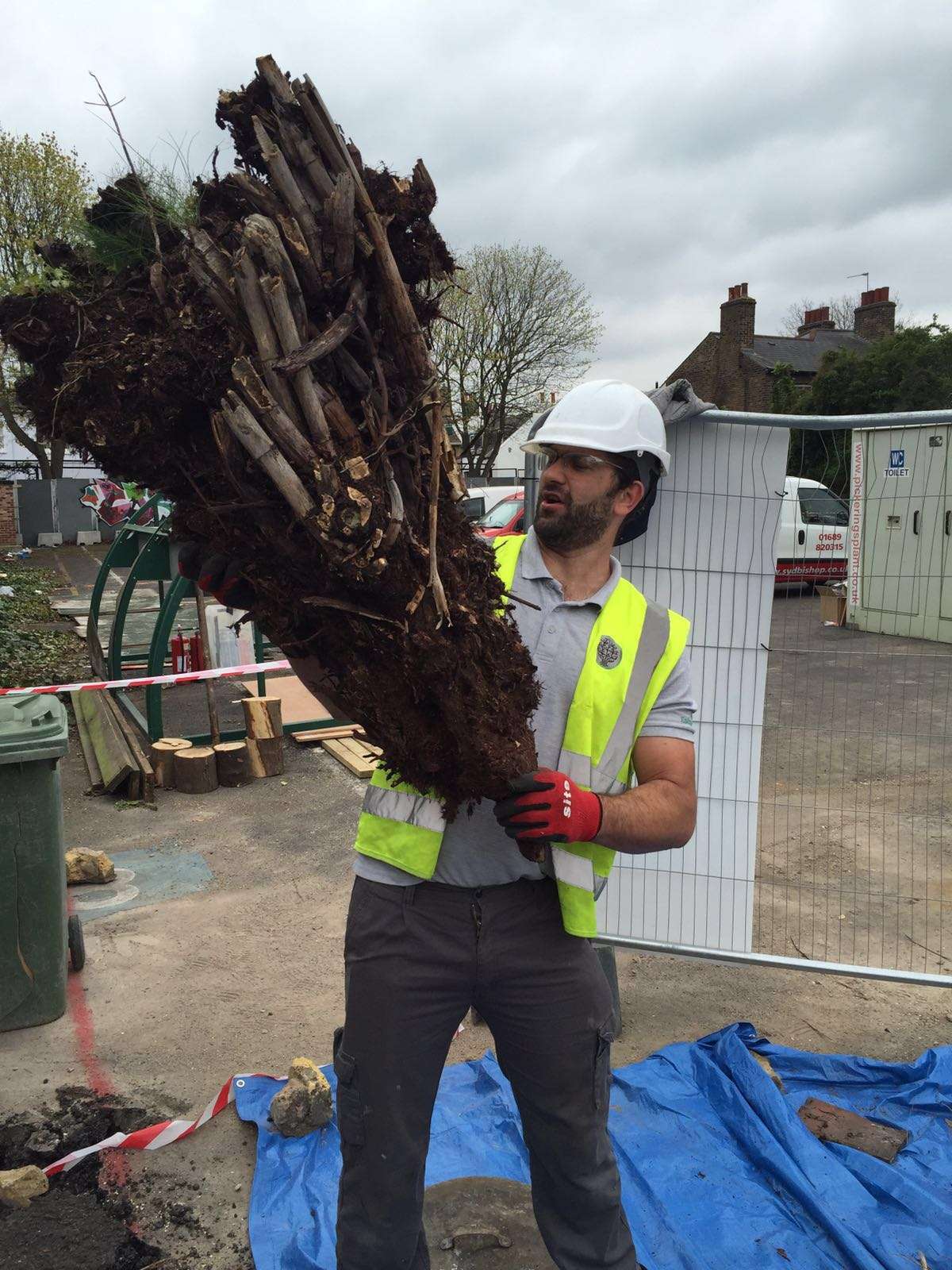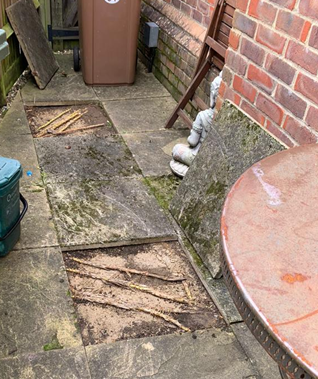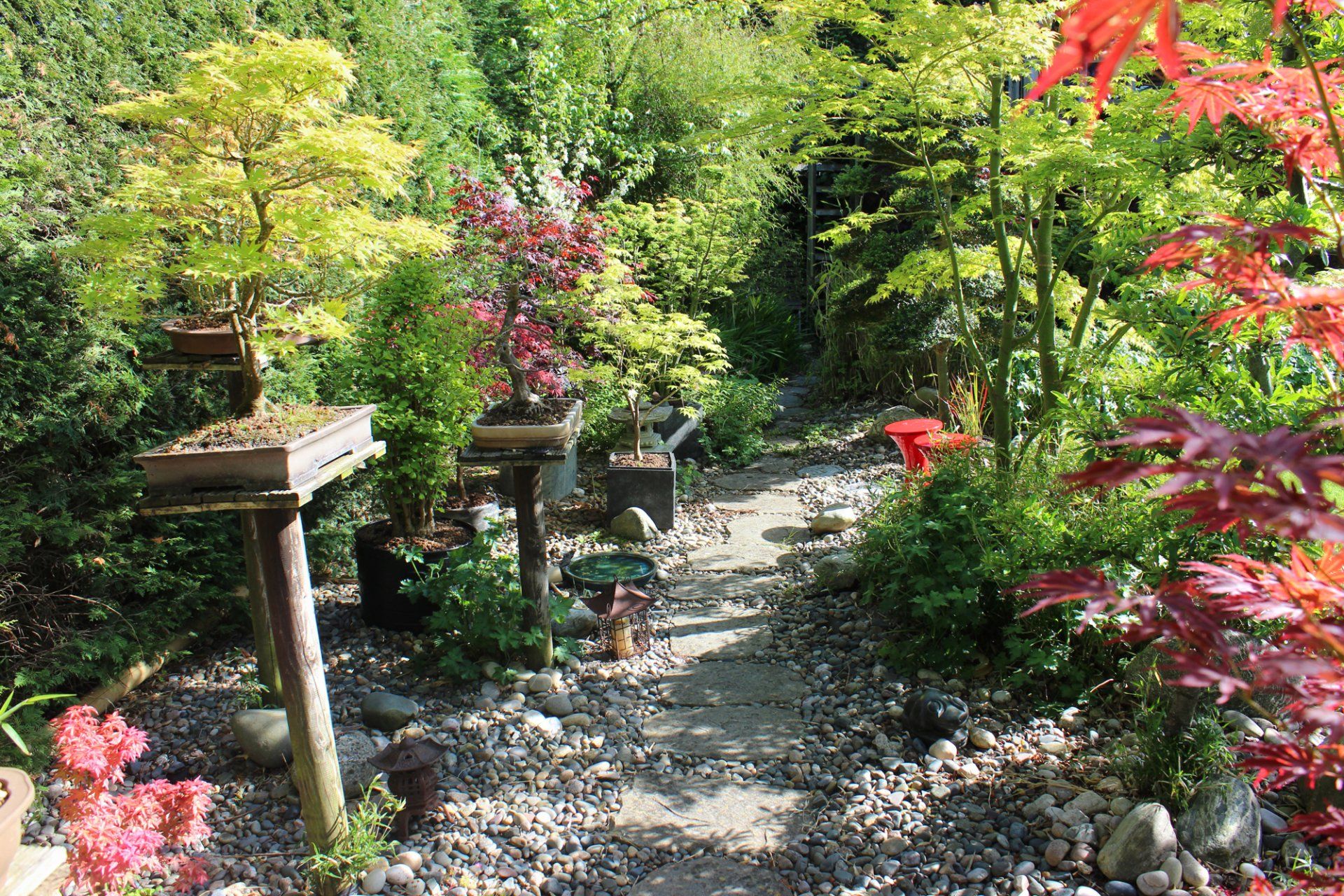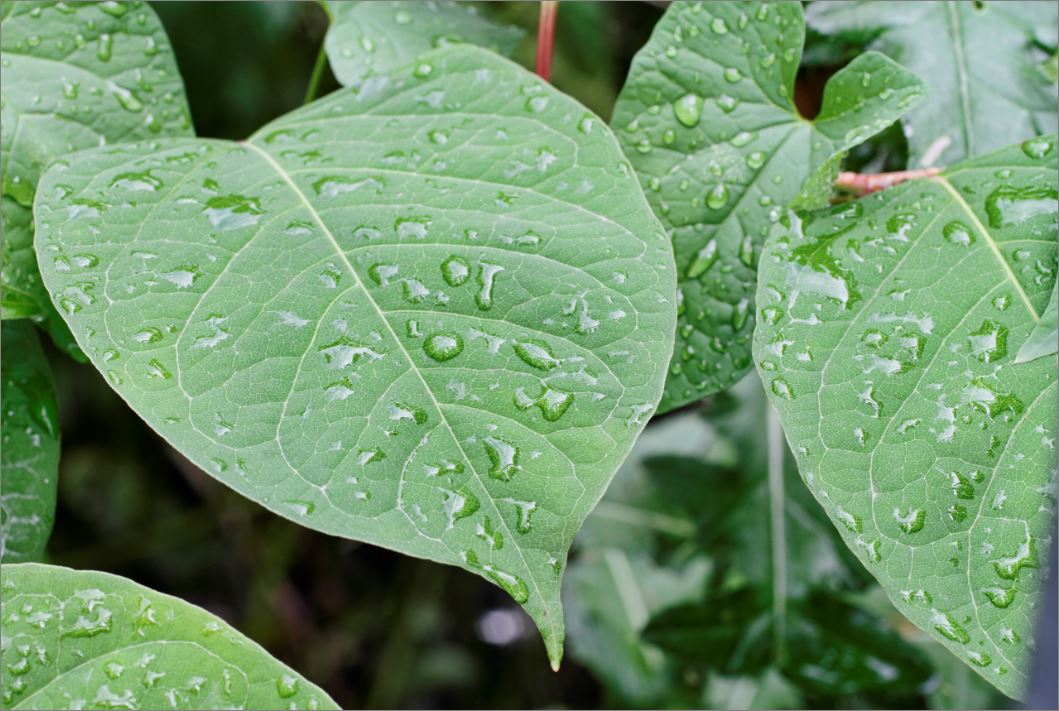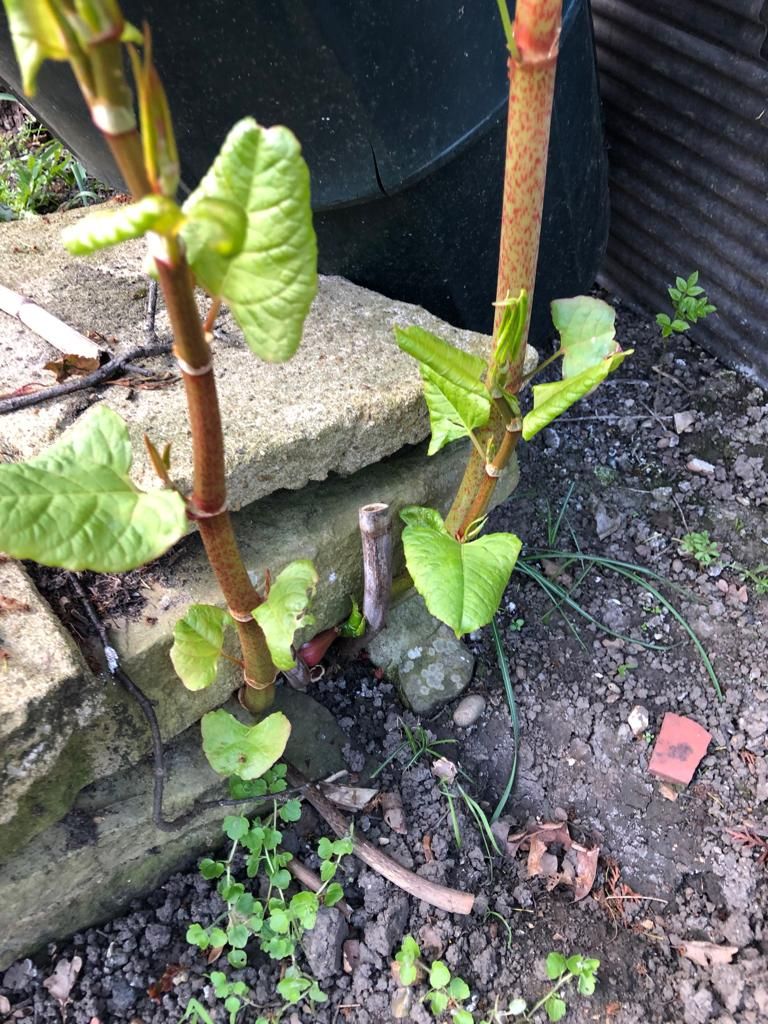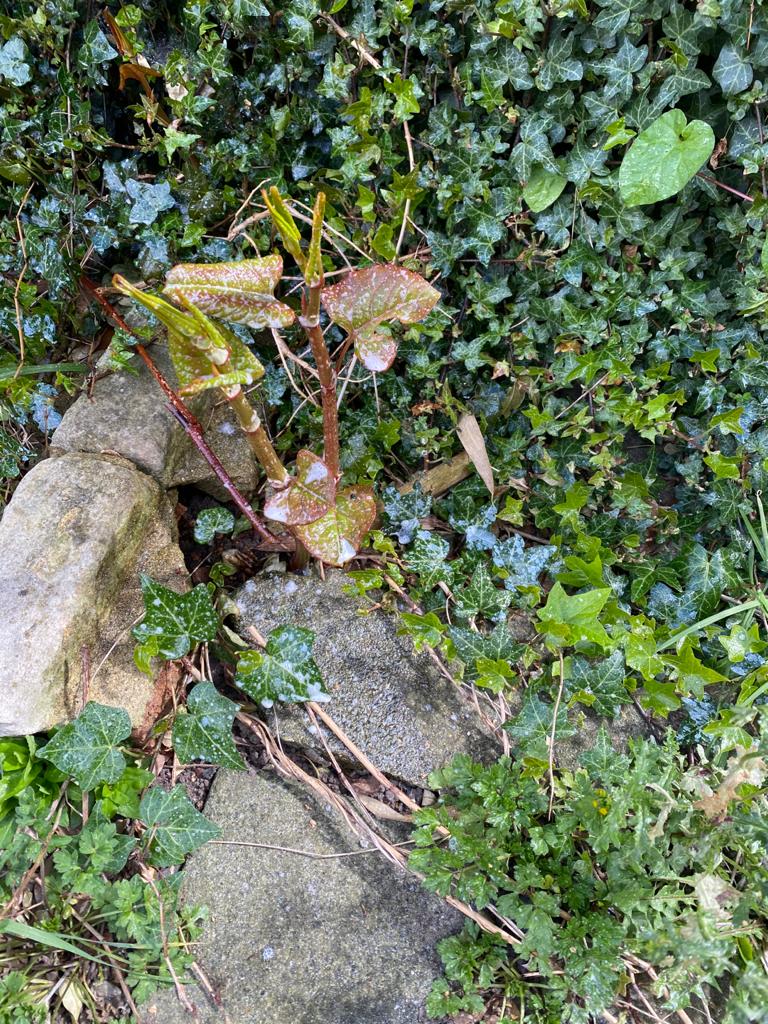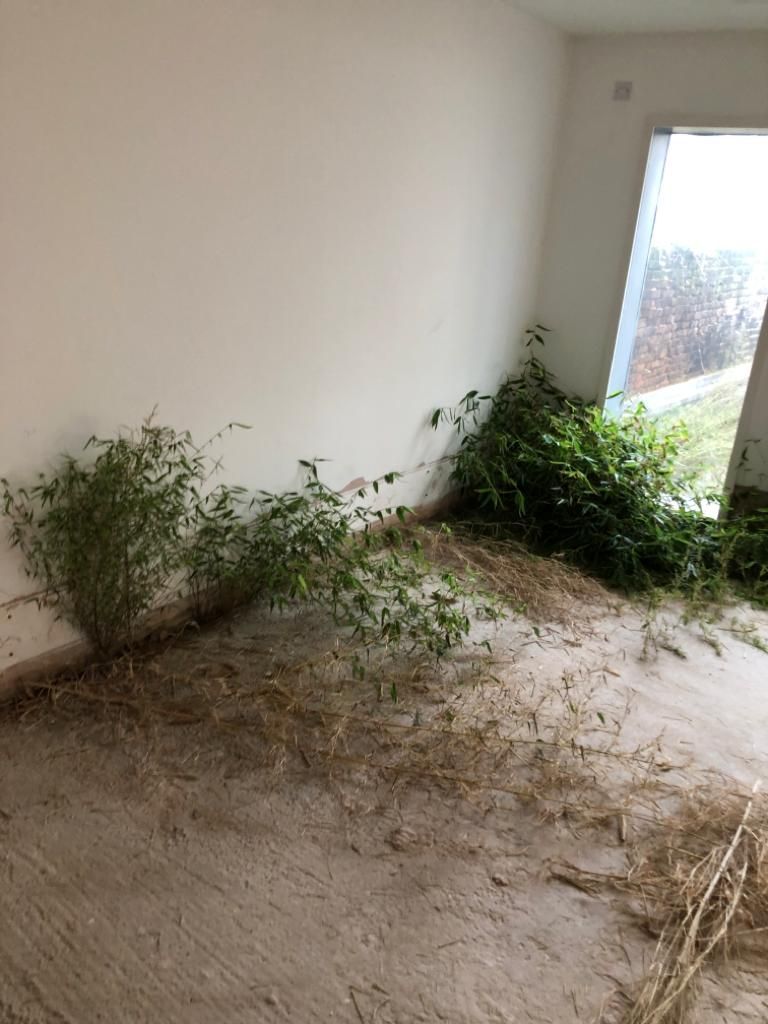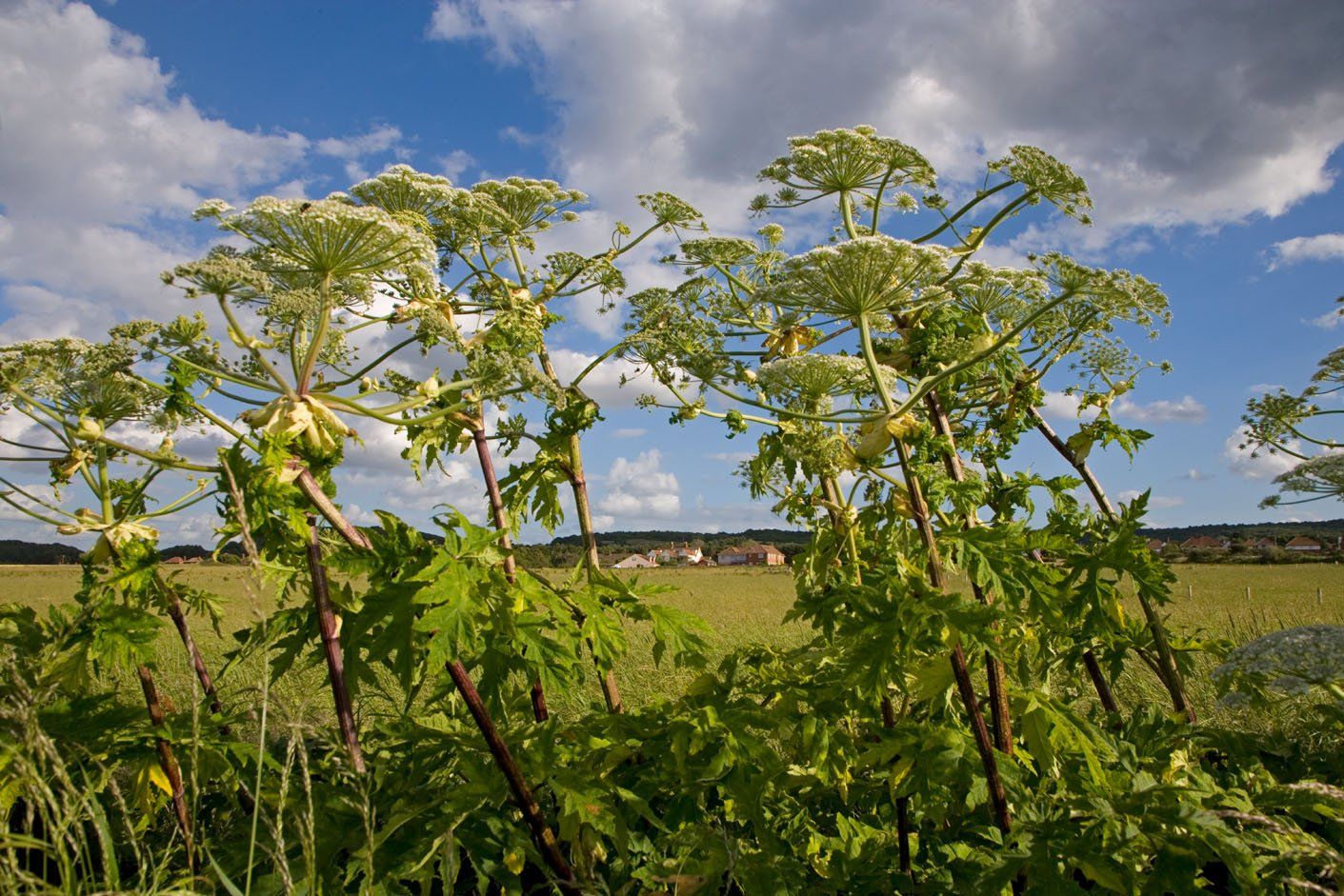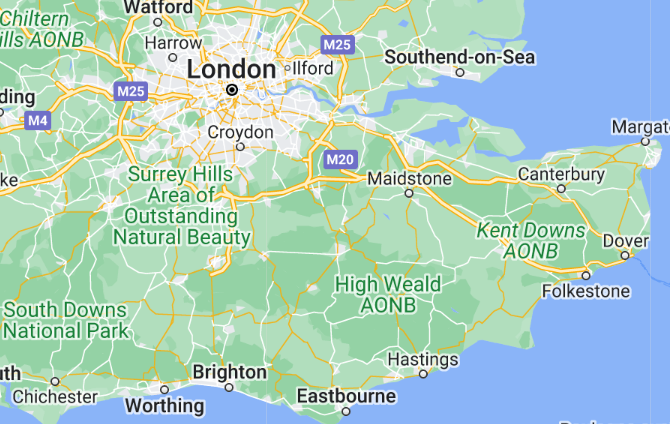Identifying and Removing Giant Hogweed
What Is Giant Hogweed?
A well-known plant in the Apiaceae family, Giant Hogweed, (Heracleum mantegazzianum), is a very large and distinctive plant. Due to its cow-parsley appearance, it is relatively easy to spot and can be found almost anywhere across the UK.
Where Does It Grow?
Giant hogweed is a particularly intrusive weed and though mostly found near rivers and waterways, it’s not uncommon for it to crop up on fields, walkways or even in your own garden. Contrary to popular belief, it is not native to the UK. Giant Hogweed originates from the Caucasus Mountains and Central Asia and was first introduced to the UK as an ornamental in the 19th century where it escaped and was naturalised in the wild.
Identification
A typically biennial plant that can potentially grow up to 5m in height, Giant Hogweed’s are famous for having dark green leaves and umbrella-shaped white flowers. The white flowers are held together in umbels, small clusters that all face upwards like stems from a cauliflower. Generally speaking, they can be as large as 60cm across and average around 3.5m in height.
Removal
One of the most effective strategies in controlling giant hogweed is through the use of spraying appropriate herbicides, such as glyphosate, directly into the soil, in order to remove the underlying seed bank, depleting the plant. In this case, repeated applications of herbicide are required in order to completely deplete the seed bank, which can remain viable for up to ten years when not treated effectively. It is vitally important that herbicides are applied in early summer before the plants produce seeds, otherwise, the seed bank will be refreshed.
If you wish to avoid herbicides, another key strategy used is eradication. This method relies on the knowledge that plants die after setting their seeds, then regrow again and again in an endless cycle of death and rebirth. Because of this, simply cutting off the flower heads right before they are expected to seed will result in the plant dying before it is able to reproduce.
When treating Giant Hogweed, we always wear gloves, closed footwear and a facemask, as well as covering our arms and legs. This is important because the sap can cause severe burns to the skin when in contact with sunlight. Giant hogweed is a controlled waste (similar to Japanese knotweed) so, if it is taken off-site, can only be disposed of in licensed landfill sites with the required documentation.
Want to remove your giant hogweed? Treating giant hogweed is easy with a suitable herbicide treatment plan. At Gaia Environmental Ltd we would continue to visit at scheduled times during the spring and treat any new seedlings, which can continue to emerge for up to ten years. Contact us for more information today.


